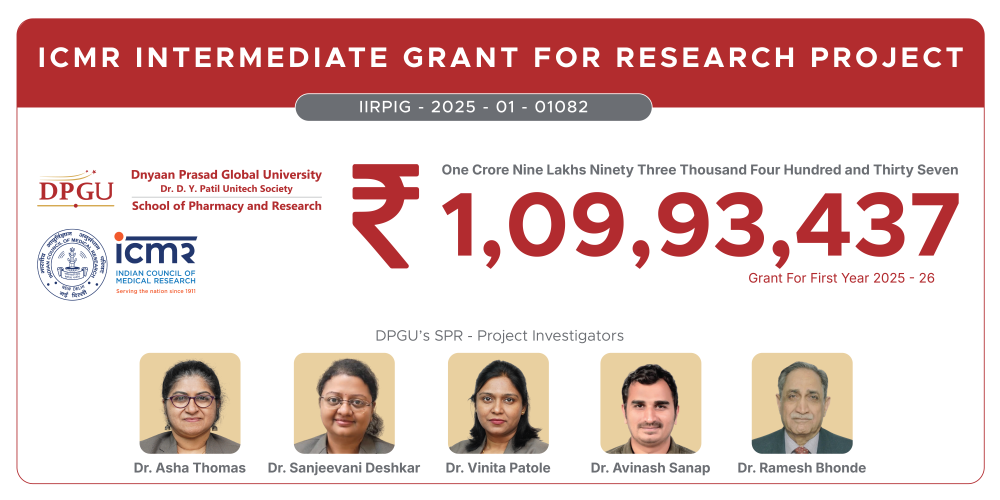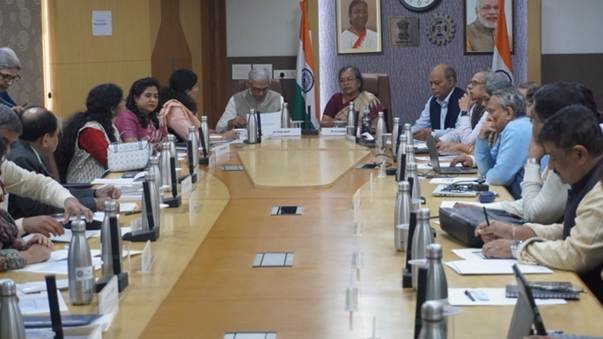Local epidemiology should guide focused action in ‘new normal’ COVID-19 world: WHO
May 15, 2020 | Friday | News
Careful assessment of local epidemiology should guide future actions to combat the virus
Source: Shutterstock
Amid rising cases of COVID-19 and as countries in WHO South-East Asia Region ease lockdowns in a graded manner, WHO has announced careful assessment of local epidemiology should guide future actions to combat the virus.
Dr Poonam Khetrapal Singh, Regional Director, WHO South-East Asia said, “Countries in the Region must continue to take evidence-informed action and conduct careful risk assessments while winding back public health and social measures. The focus should be on local epidemiology of COVID-19, to identify hot-spots and clusters, and the capacity of systems and responders to find, isolate and care for cases, and quarantine contacts.”
The Regional Director who held a virtual technical briefing meeting with senior health officials of 11 Member countries for the forthcoming virtual 73rd World Health Assembly session, said that despite the Region being the first to get an importation of COVID-19 on 13 January in Thailand, early and aggressive measures by member countries, including unprecedented physical distancing measures, have helped keep the number of cases low as compared to other parts of the world.
With countries now preparing to transition towards a “new normal” in which social and economic life can function, continued whole-of-government and whole-of-society approach would be critical, said Dr Khetrapal Singh.
As of this morning the Region has approximately 122,000 cases and 4,000 deaths due to COVID-19. Countries in the Region are in various transmission scenarios and the cases are increasing. In every transmission scenario, the core public health measures remain – rapidly detect, test, isolate, care and trace contacts, the Regional Director said, adding that moving forward we need to scale up these measures.
Prone to natural disasters, the Region have been prioritizing strengthening emergency response capacities as a flagship programme since 2014. In September 2019 member countries adopted Delhi Declaration on Emergency Preparedness in the South-East Asia Region reaffirming their continued commitment to disaster risk reduction through multi-hazard approach to emergency preparedness. The declaration called for “four I’s”: identify risks; invest in people and systems for risk management; implement plans and inter-link sectors and networks.
“The declaration was timely and we are seeing this approach put to use across the Region,” she said.
The Region with one-fourth of the global population and disproportionate disease burden, however, continues to be vulnerable in view of high population densities, mega-urban slums, migrant groups, socio-economic drivers impacting compliance to physical and social distancing, in addition to the global shortage of essential medicines and commodities.
In the coming period all efforts should be made to control and suppress spread of COVID-19, strengthen and maintain health services, and support each other to stay safe, healthy and well.
“There can be no illusions: We are in this for the long haul,” Dr Khetrapal Singh said.










